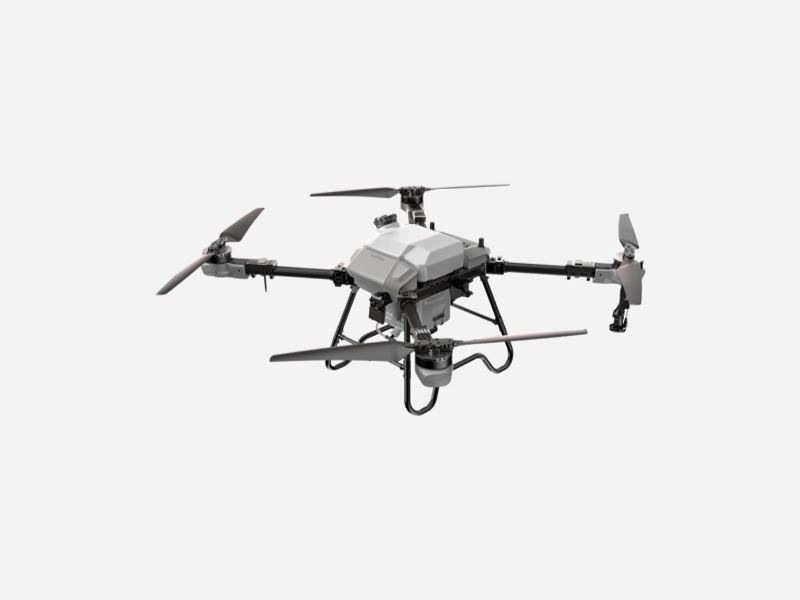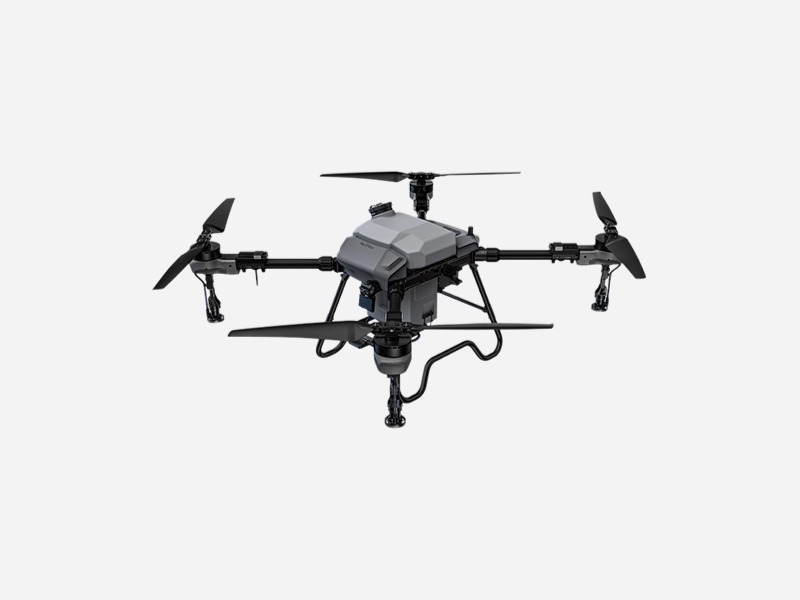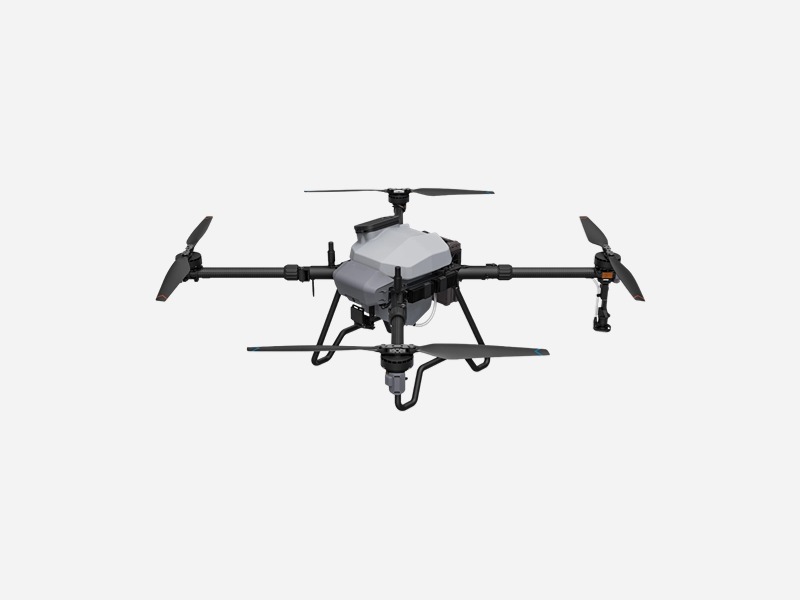
In recent years, the agricultural sector has witnessed a technological revolution, with drones emerging as pivotal tools for enhancing productivity and sustainability. According to a report by MarketsandMarkets, the global agricultural drone market is projected to reach $6.5 billion by 2026, growing at a compound annual growth rate (CAGR) of 30.2%. This staggering figure underscores the potential impact of drones on agriculture worldwide, particularly in regions like Central America where traditional farming practices face numerous challenges.
The Characteristics of Agricultural Drones in Central America

As I delve into the characteristics of agricultural drones within Central America, it becomes evident that these technologies are tailored to meet specific regional needs:
Find more about automatic fruit sorting machine.
- Diverse Crop Monitoring: Agricultural drones equipped with multispectral cameras allow farmers to monitor crop health across various terrains and climates prevalent in Central America. This capability enables timely interventions that can significantly enhance yield.
- Pest and Disease Management: The ability to conduct aerial surveys facilitates early detection of pest infestations and diseases. By utilizing thermal imaging technology, farmers can identify stressed plants before visible symptoms appear.
- Inefficient Resource Use Reduction: Drones enable precision agriculture techniques such as targeted pesticide application and irrigation management. This not only conserves resources but also minimizes environmental impacts associated with over-application.
- Agricultural Data Collection: The integration of GPS technology allows for accurate data collection regarding soil conditions and crop performance over time. Such data-driven insights empower farmers to make informed decisions about their operations.
- Cultural Adaptation: In many parts of Central America, smallholder farms dominate; thus, affordable drone solutions have emerged that cater specifically to this demographic’s financial constraints while still providing essential services.
The Conclusion
The exploration into agricultural drones reveals their transformative potential within the context of Central American agriculture. As we navigate through pressing issues such as climate change and food security challenges faced by local farmers, it is clear that adopting advanced technologies like drones could play an instrumental role in fostering resilience and efficiency in farming practices throughout the region. Therefore, embracing this innovation may very well be key to unlocking sustainable agricultural development in Central America.
Click Agma-Toyar.

